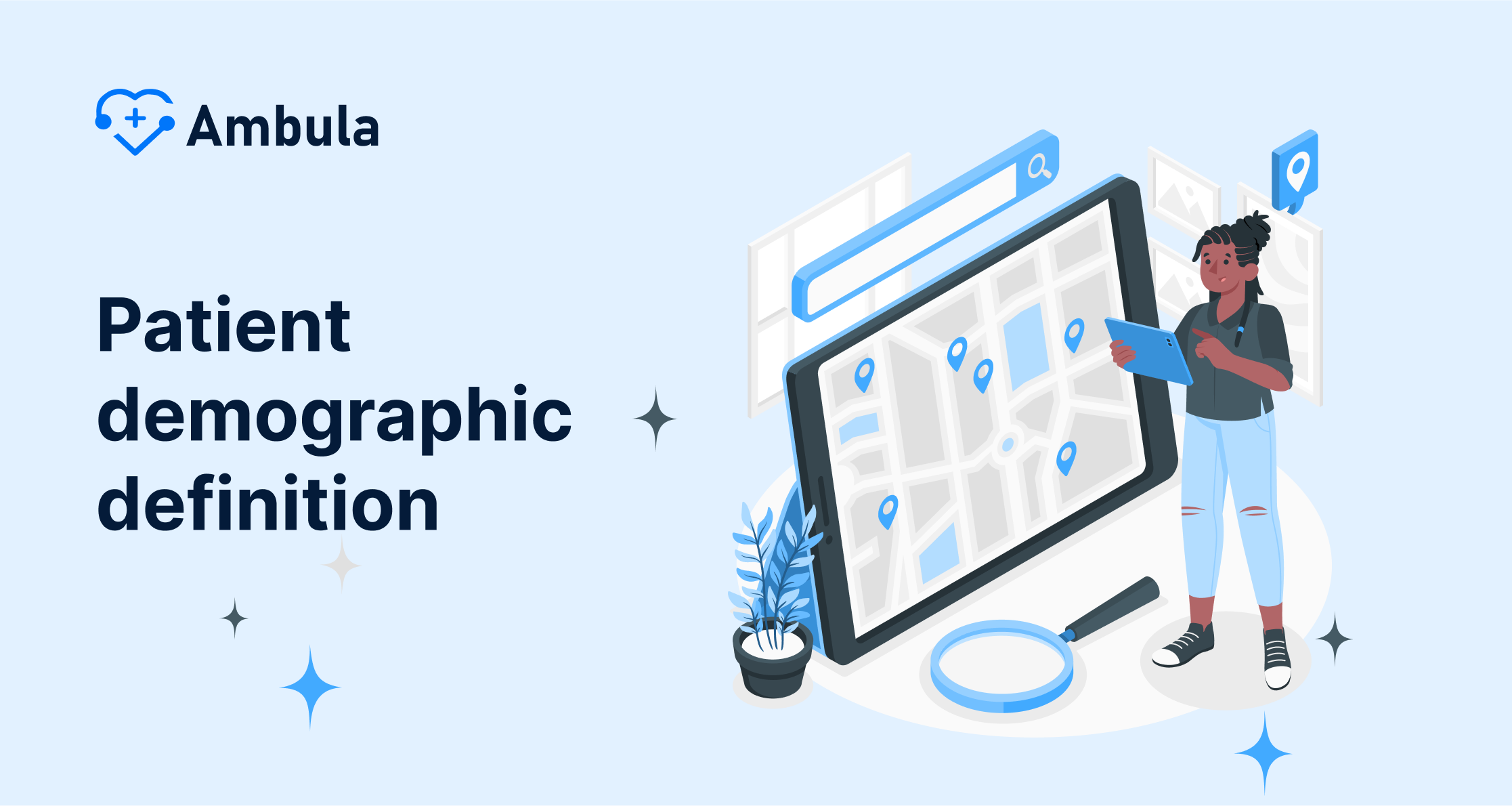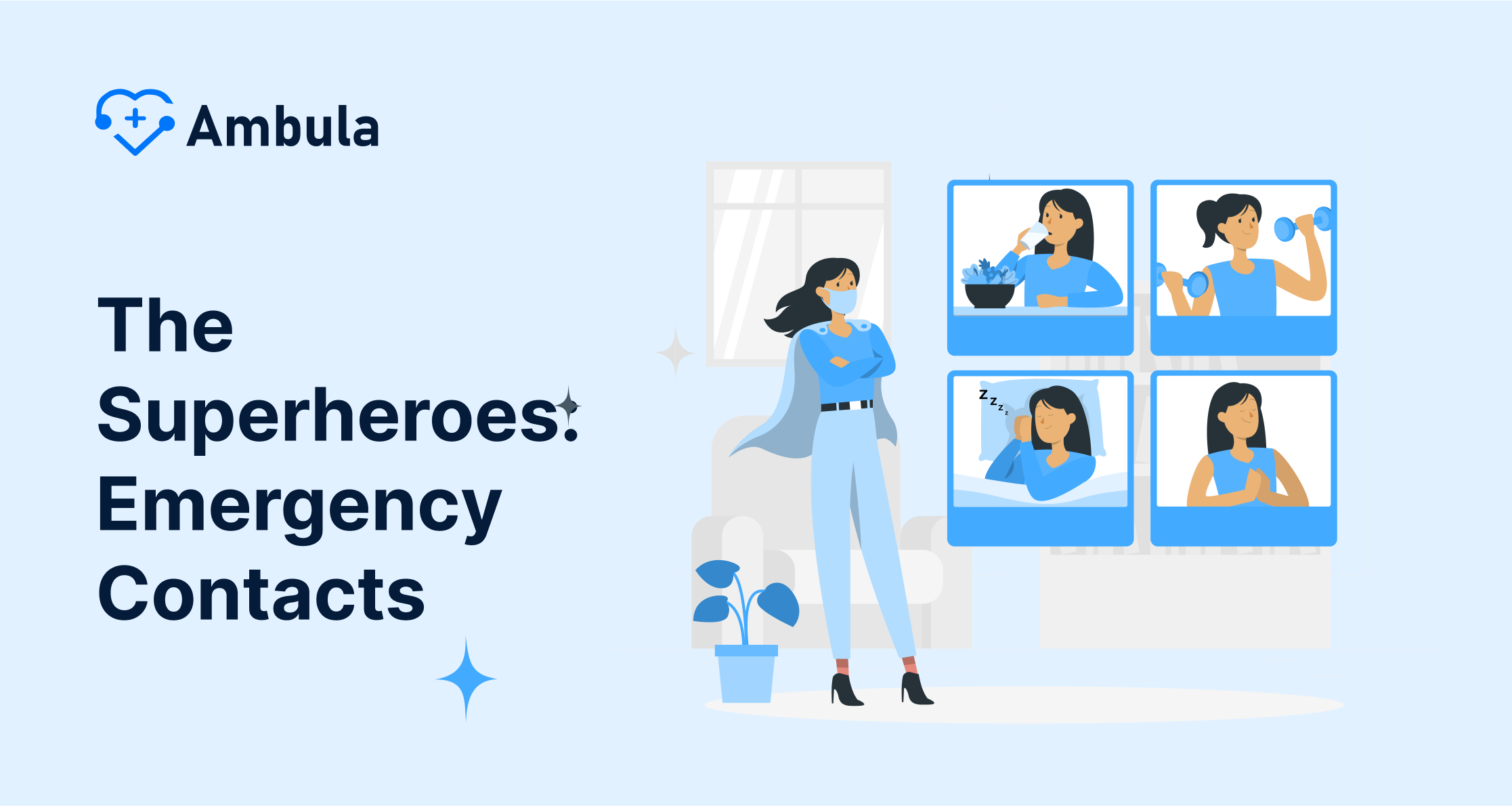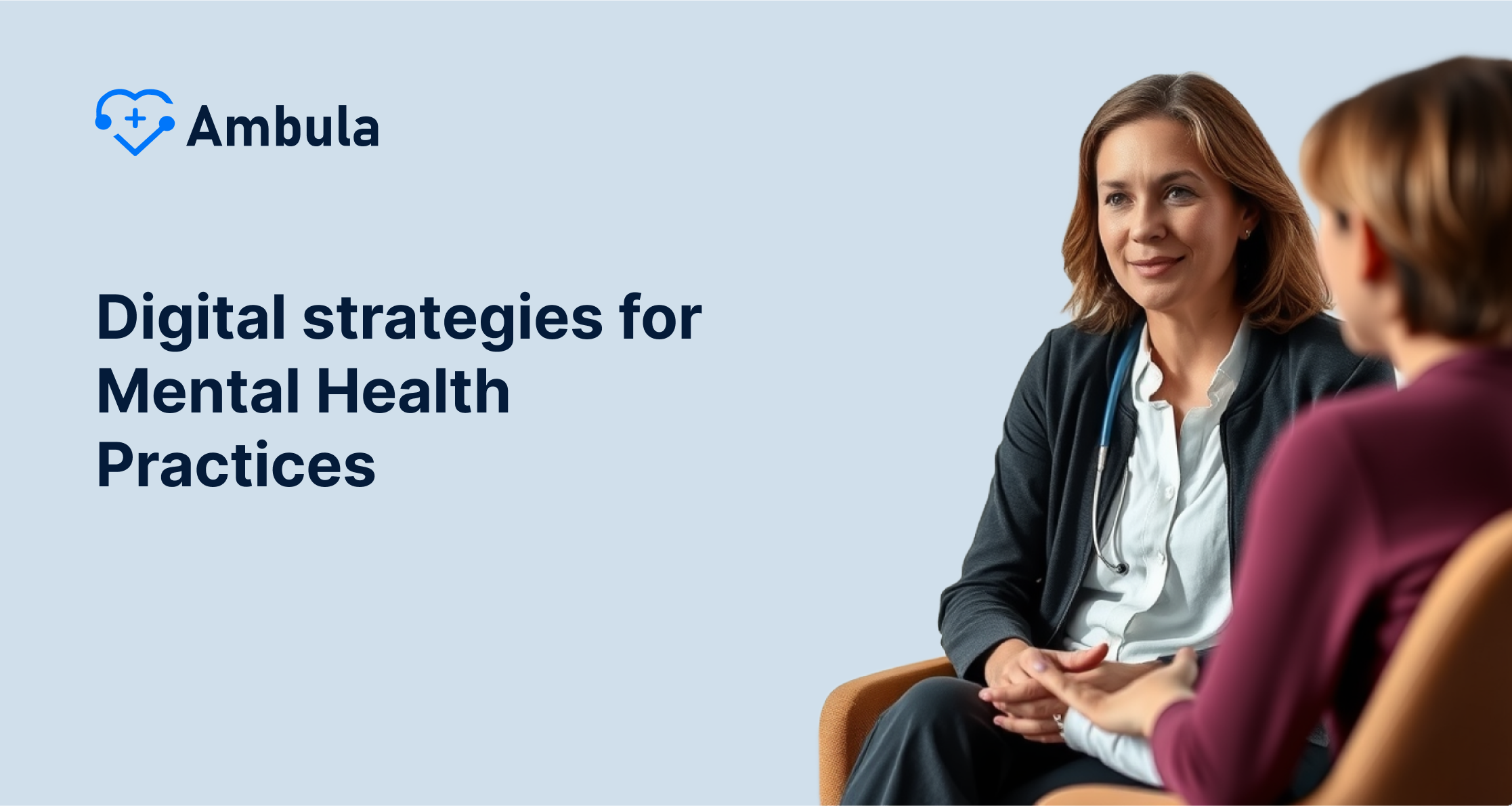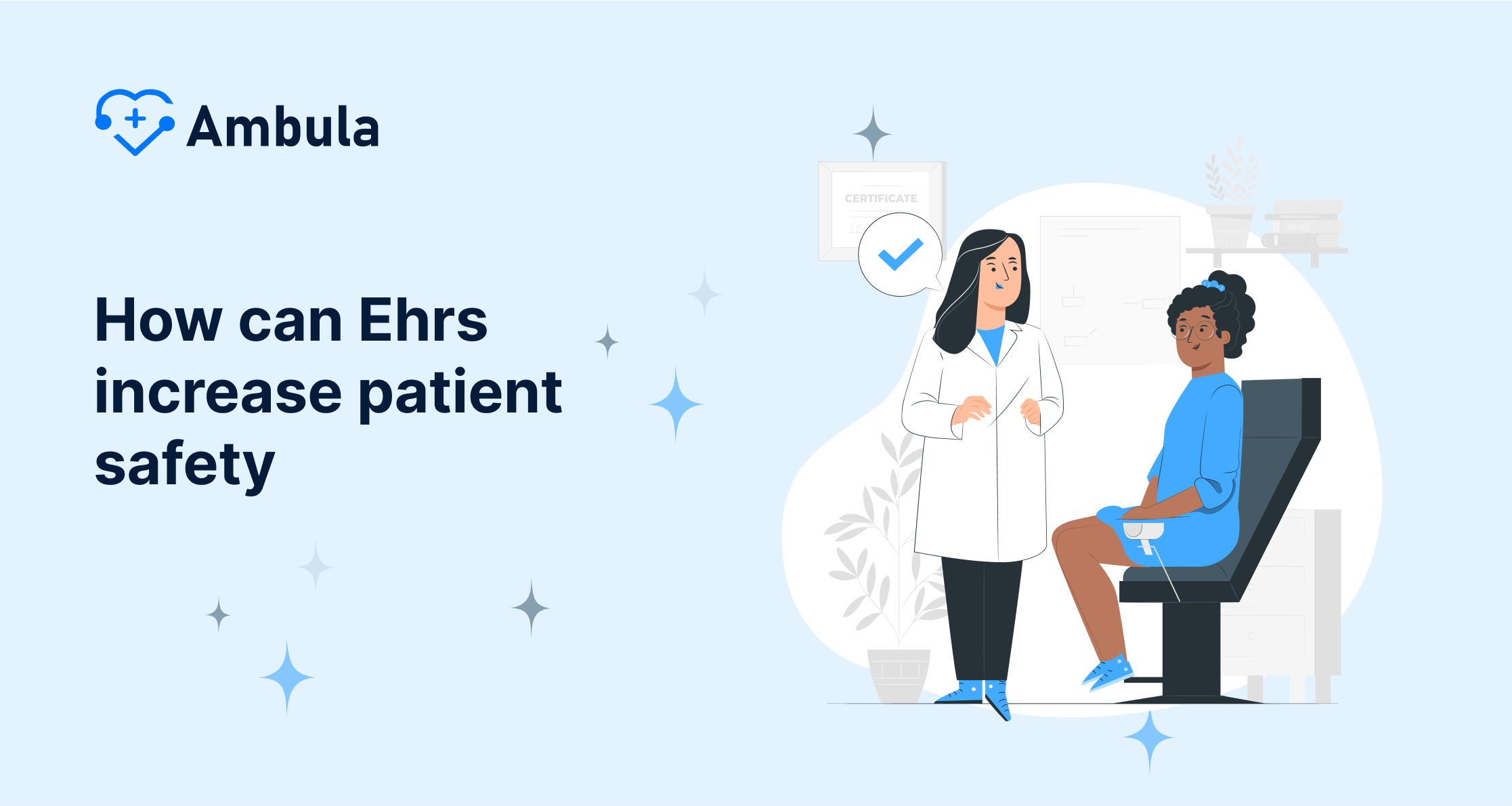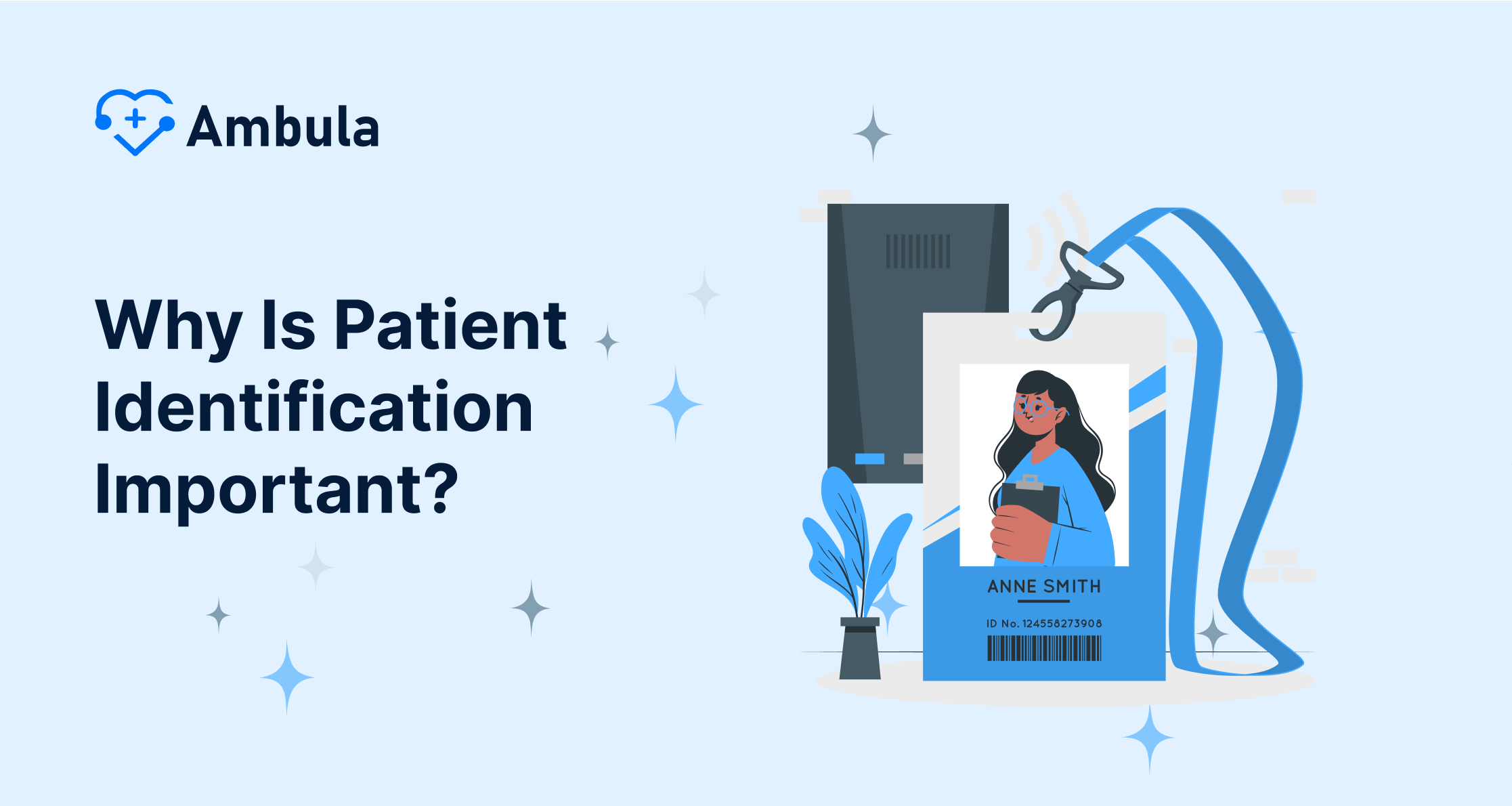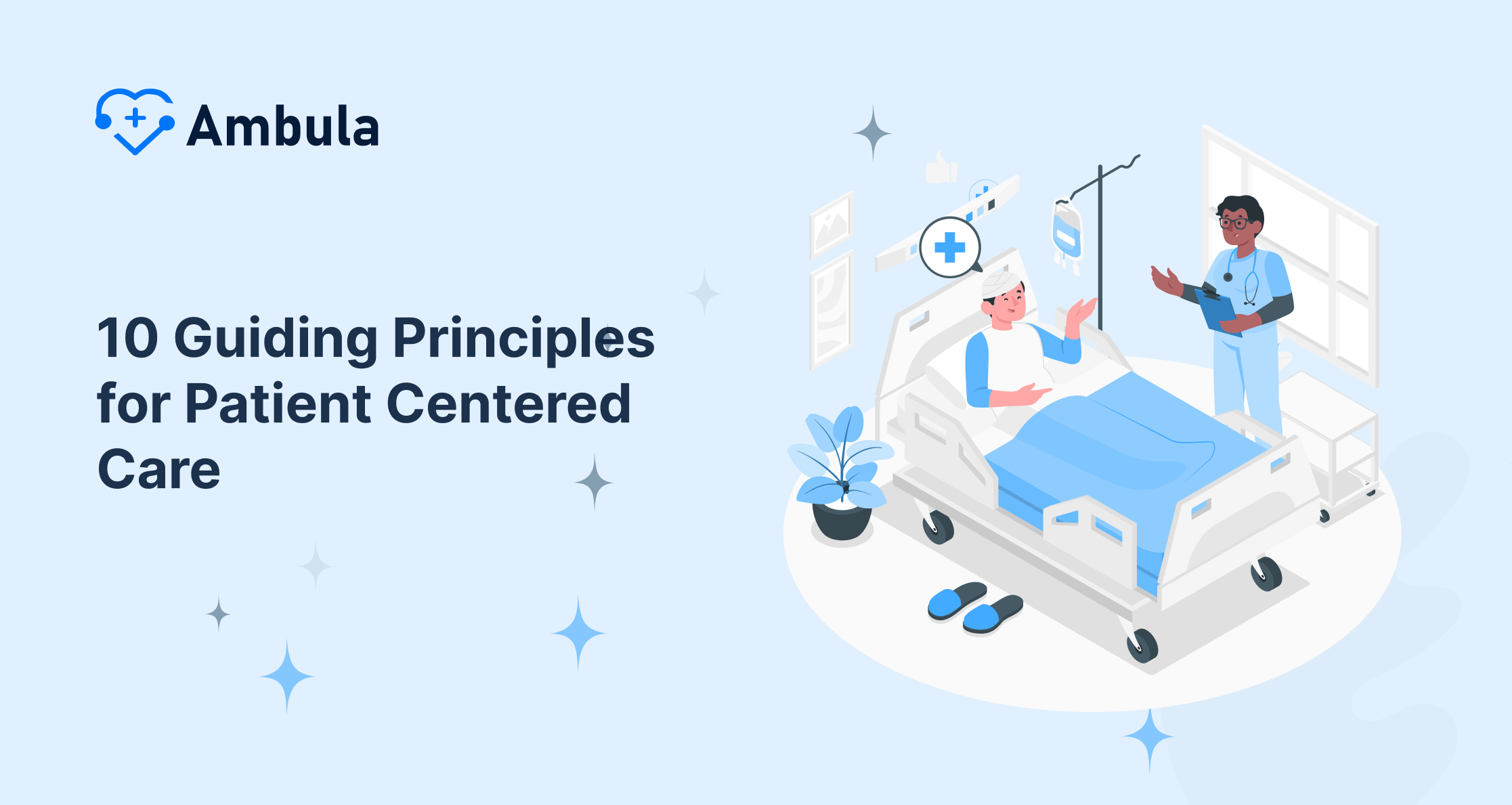Have you ever wondered how filling out a form in a healthcare setting could be critical to your health journey? Those little details constitute patient demographic information- critical to providing personalized, efficient, and effective care. With the shift towards electronic health records (EHR), these pieces of information have never been more important than they are today. So, let’s dive in and explore ten essential data elements in patient demographics and how they help shape your healthcare experience. Ready to uncover these healthcare secrets? Let’s get started!
Patient demographic definition
Patient demographic information is a collection of data about a patient that is used to identify and track them throughout the healthcare system. This information typically includes the patient’s name, date of birth, address, phone number, and email address. It may also include information about the patient’s race, ethnicity, gender, and insurance status.
Patient demographic information is important for a number of reasons. First, it helps to ensure that patients receive the correct care. For example, if a patient has a history of allergies, their demographic information can be used to alert healthcare providers to this information so that they can avoid prescribing medications that could cause an allergic reaction.
Knowing the Name
A simple error in a name can lead to significant mix-ups inpatient data. Let’s say you’re a healthcare provider, you’ve got multiple John’s on record, and a treatment plan is mistaken for the wrong John – oops! That’s a problem. It could even lead to serious health consequences. Getting the full legal name right is the first crucial step when adopting EHR systems.
Although it may seem simple, it requires a keen eye and dedication to get it right. Remember, a patient’s name is more than just a label on a file. It’s an identifier that guides the treatment route. Mistaking one patient for another due to name similarities can lead to potential medical and legal implications.
However, with EHR systems, such situations can be prevented. It minimizes human error, ensuring patient information is attached to the correct name. This helps maintain confidentiality and promotes correct treatment, making it a game-changer in healthcare.
The Importance of Birthdays
It’s not about cake and candles but a key in diagnosing diseases and tailoring effective treatment plans. Age can help identify potential health risks, and EHR systems use this data to automatically flag particular tests or screening programs apt for the patient’s age.
Also, a patient’s date of birth can prevent unnecessary procedures that may not be age-appropriate, serving as a gatekeeper to ensure the right tests are conducted. A rigorous EHR system can effectively keep track of this, eliminating the risk of errors in manual tracking.
Recording a patient’s date of birth accurately isn’t just taking note of when they were born – it’s providing relevant, age-specific care. So the next time you input that data into the system, consider it a small piece, completing the larger puzzle of personalized patient care.
The Role of Gender
When it comes to healthcare, understanding gender goes far beyond identifying whether a patient is male or female. Gender differences can significantly impact disease symptoms, treatment responses, and overall health outcomes. Thus, it’s essential to capture this data when adopting EHR systems.
Gender aspects serve as an integral component in clinical decision-making. For instance, some diseases are more common in one gender than another, and knowing the patient’s gender can steer the healthcare provider in the right diagnostic direction.
However, while discussing gender, it’s equally important to respect transgender and non-binary patients. EHR systems must evolve to recognize and record this data efficiently, ensuring inclusivity and better personalized care. Understanding the gender spectrum and recording it accurately plays a more significant role in healthcare than one might initially realize.
Connection through Contacts
A patient’s contact details are the primary connective tissue, bringing together the patient and the caregiver. It might sound like a dreary administrative task, but it’s crucial. Imagine trying to relay critical test results, but alas, the number is wrong, or the email bounces back – frustrating, right?
Digital health systems, like EHR, come equipped with tools, making contact detail management a breeze. They provide a platform to confirm and update contacts systematically, ensuring the right message reaches the right person every time.
A minor phone number or email mistake could lead to communication gaps, potentially compromising patient care. A patient’s contact information should always be correctly captured and updated as necessary. That way, if there’s a need to discuss treatment plans or schedule appointments, it’s as easy as dialing a number or hitting send on an email.
The Superheroes: Emergency Contacts
Everyone needs a backup, someone to step in when things go south. In a patient’s journey, that’s where emergency contacts swoop in to save the day. It’s not just about having someone to call when a patient falls sick, but someone who can provide consent for treatment or relay crucial information if the patient cannot.
Emergency contacts are more than a phone number in a ledger. They’re a lifeline for healthcare providers to collaborate with patients’ friends and family for optimal healthcare delivery. Especially in critical situations, having that updated, easily accessible information can expedite decision-making and potentially save lives.
Recording this data correctly is vital. It prevents the scenario where caregivers face blank spaces in case of emergencies. Hence, adopting EHR systems provides a hassle-free way to systematically update and manage emergency contact details.
The Patient’s Address
Did you know an address is more than just a spot on the map, especially in healthcare? A patient’s location can tell us much about their living conditions, environmental exposures, and potential health risks or barriers to care, like transportation.
Say you’re living in an industrial area. Potential exposure to pollutants might put you at higher risk for respiratory conditions than someone else. Similarly, the proximity to healthcare centers shapes the care a patient could receive, particularly in emergencies. If a patient lives far off, home care treatments or telemedicine might be better than traveling long distances for check-ups.
So, the humble address becomes an exploratory lens. In a broader sense, when pooled together, addresses of numerous patients could assist public health officials in tracking disease outbreaks or planning health promotion strategies. That’s why keying in an accurate address into our handy EHR system isn’t merely routine paperwork but mapping out better care delivery.
The Marital Status Factor
Marital status might seem irrelevant in the grand scheme of healthcare, but trust me, it’s not. It doesn’t just confirm whether someone is single, committed, or experiencing wedded bliss’s joys (and woes). Instead, it provides subtle clues to an individual’s living conditions, financial status, and emotional support, all of which can affect health conditions!
A single individual might live alone and not have immediate assistance in times of health crisis. A married patient may have a spouse to care for but face stressors that deepen health concerns. The aim is not to snoop or judge but to provide the best care parameters possible.
So next time you see a drop-down menu asking you to select marital status, remember it helps to sketch the social and emotional backdrop of a patient’s life. We’re not just being nosy; we’re being thorough healthcare providers.
Occupation and Health
As it turns out, workplaces are the ‘usual suspects’ regarding some health risks. If you’re a construction worker, there’ll be a different set of health hazards compared to someone who is, let’s say, a preschool teacher. Occupational health is dedicated to identifying these risks and instituting preventive measures.
Understanding a patient’s profession helps doctors find clues to conditions that may be work-related. Prolonged exposure to certain materials or stressful work environments could lead to specific health problems. Thus, including occupation in EHR systems aids in forming a comprehensive understanding of potential risk areas of a patient’s health.
But it’s not only about risks – it’s about opportunities, too! A nurse might have better general health knowledge than a banker. Tapping into this could make patient education or treatment compliance easier. Thus, the innocuous question, “What do you do for a living?” carries more weight than you might realize.
Race, Ethnicity, and Health
As healthcare providers, we need to respect the individuality of each patient while also understanding how their cultural background can impact health. Race or ethnicity can influence the likelihood of some health conditions, medication response, dietary needs, and beliefs about health.
Addressing disparities and ensuring equal care for all patients is a battle healthcare has been fighting for a long. Adequately entering this data in EHR systems can highlight the need for culturally competent care.
Ethnic minority groups sometimes face health inequalities, not by biology but due to external factors like socioeconomic standings or access to healthcare. Being sensitive to this matter and using the EHR system smartly can help combat health inequality issues and ensure we provide optimal care for everyone, regardless of race or ethnicity.

